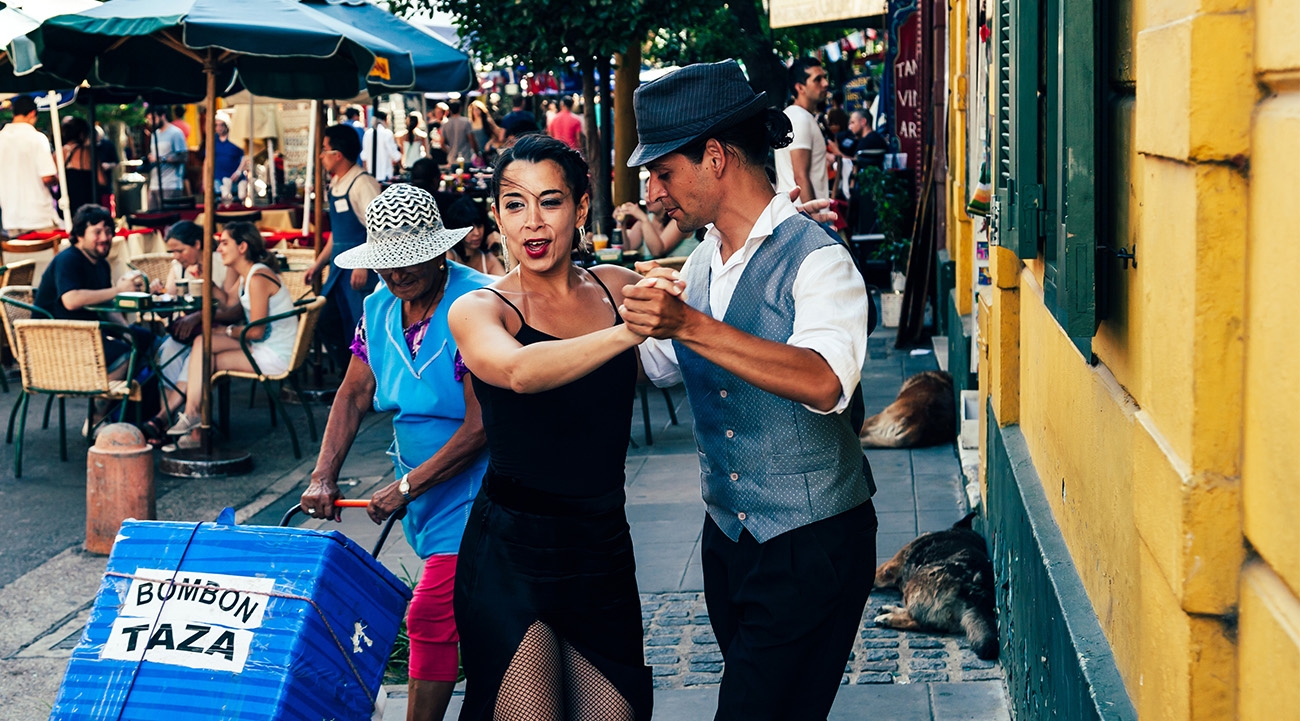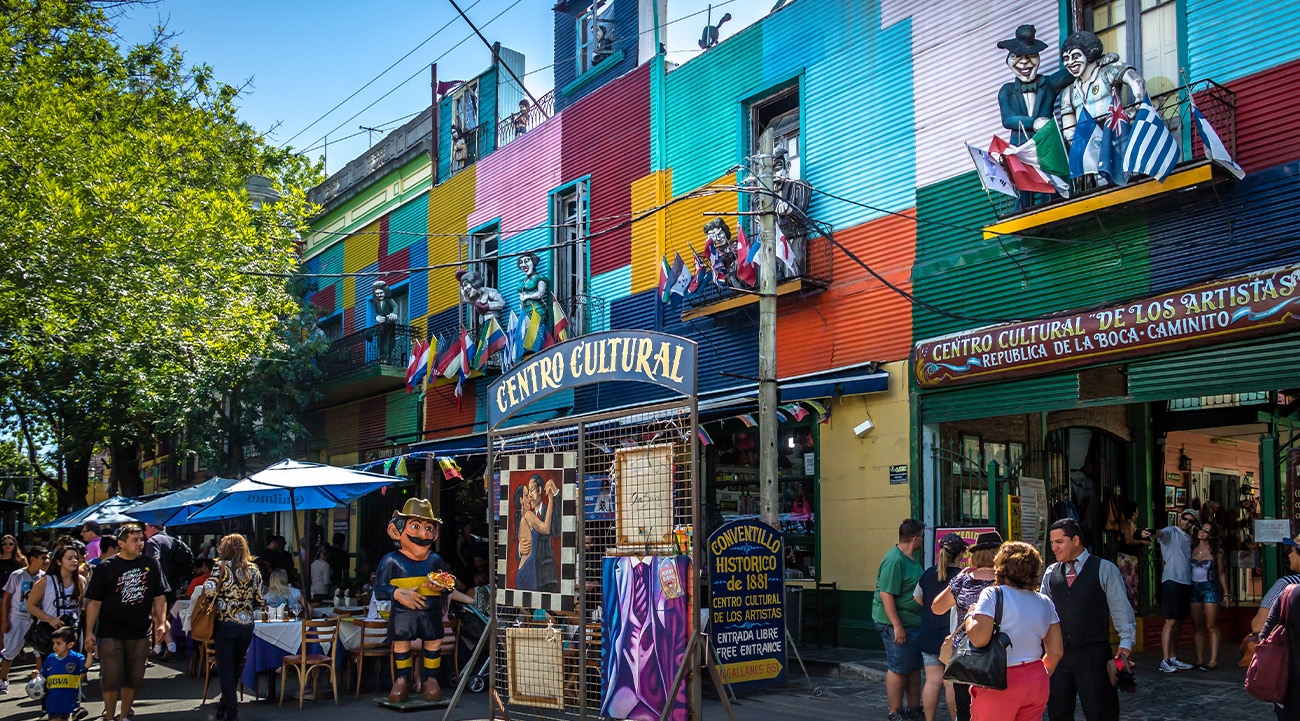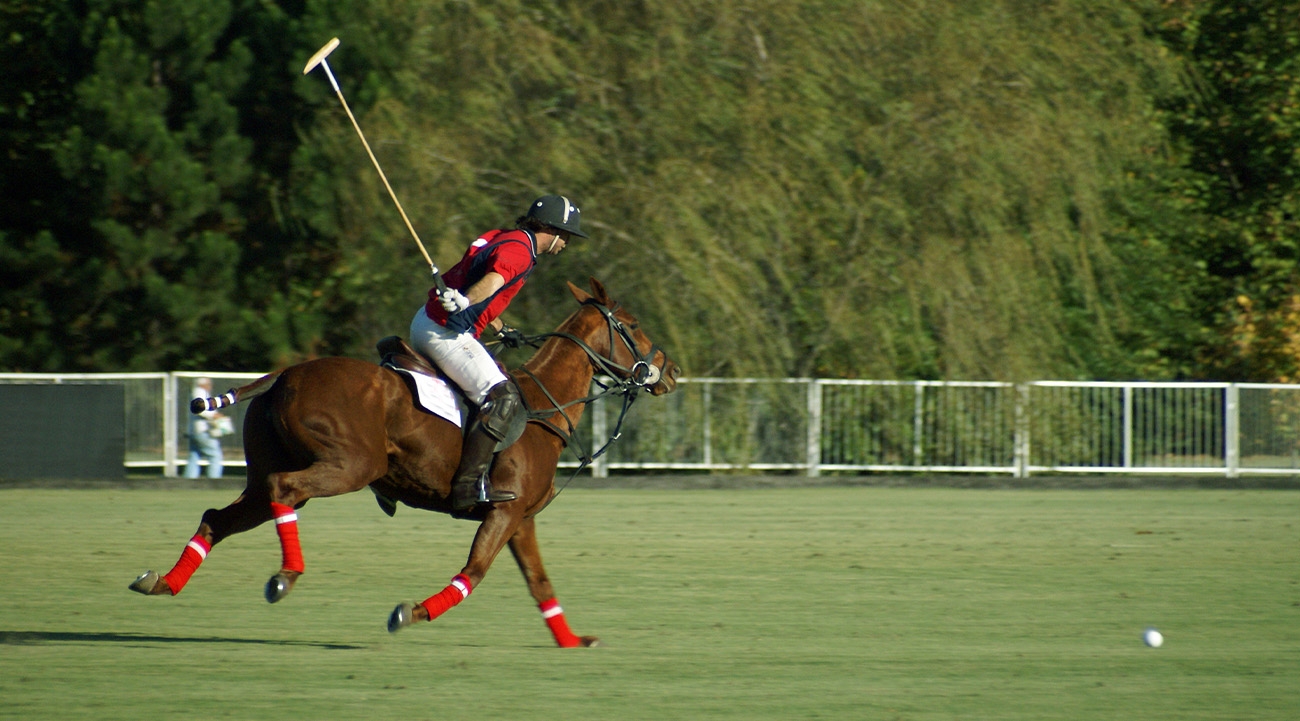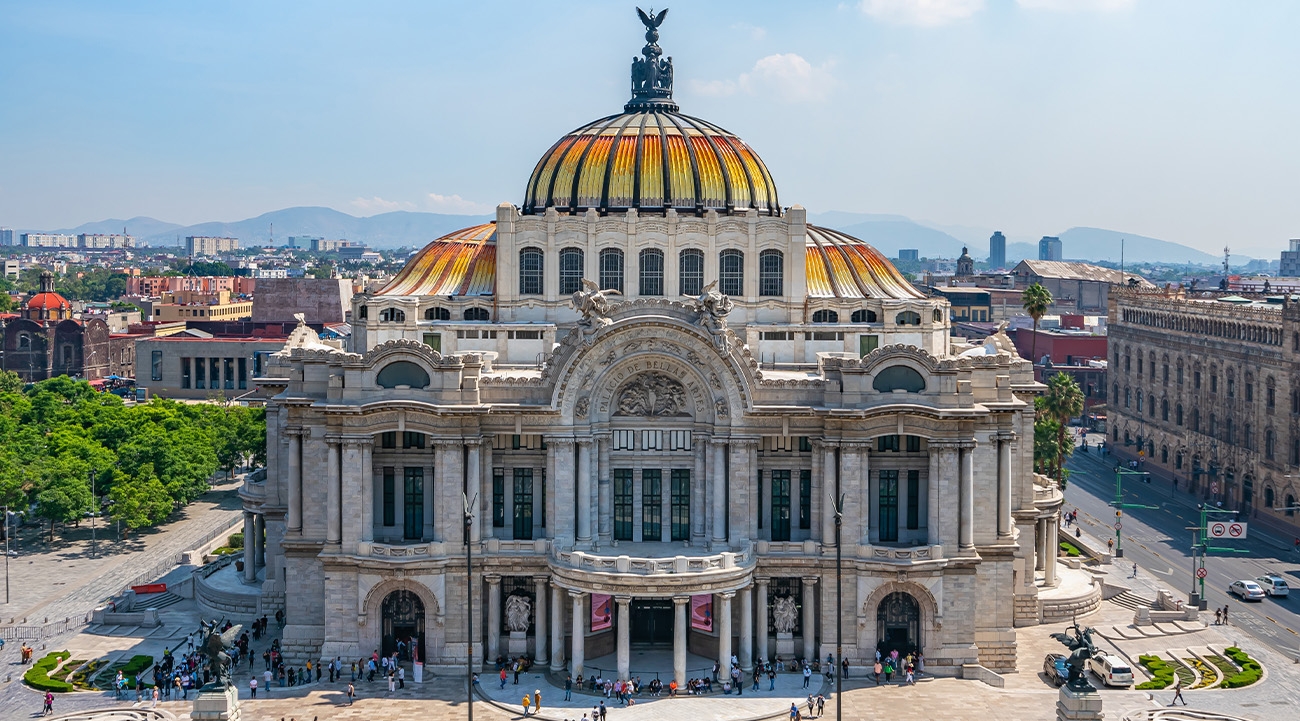City life: What's hot, new and exciting in the bold and beguiling Buenos Aires
Much is made of Buenos Aires’ European influences. It’s true that you’ll find grand, Gallic architecture and wide boulevards, Parisian-style cafes and a preponderance of pizza that only makes sense when you discover half the population of Argentina is descended from Italian immigrants.
But it doesn’t take long for the city’s Latin roots to become evident too – tango performances spill out of the dancehalls on to the streets, football is followed with a quasi-religious intensity and barbecue traditions that began among the gauchos living on the pampas are the backbone of the city’s dining scene. In a continent where natural wonders tend to outweigh urban appeal, Buenos Aires is a city with enough heft to justify a journey on its own.
Why sell it
It’d be easier to ask, why not This sprawling, 24-hour metropolis has so many strings to its bow, from the high culture of its historic opera house and multiple art museums to sports including glamorous polo matches and thrilling football games at renowned grassroots soccer clubs such as Boca Juniors. Its culinary scene is mouth-watering, including both Argentine specialities and a host of diverse world cuisines, and its nightlife is legendary – with myriad cocktail bars and open-til-dawn clubs, you’ll cease to wonder why the inhabitants drink so much coffee.
With direct British Airways flights on offer – five days a week, non-stop during the UK summer, and daily via Rio de Janeiro in winter – the 14-hour journey may not be short, but it is simple. Add to that the fact that Buenos Aires is not only a worthy city in its own right but also a gateway to the destination’s wider adventures, and its enduring appeal makes sense.
What’s new
With one of the longest airspace closures in the world during the pandemic, Argentina’s visitor numbers were dealt a significant blow. As travellers flood back – international flight occupancy hit 97% in April – a host of new restaurants and bars have been opening, an early barometer of Buenos Aires’ ongoing rebound. While meat is still at the heart of the country’s traditional cuisine, the growing number of plant-based eateries reflects the city’s cosmopolitan outlook.
Openings to note include Marti, a restaurant from celebrity chef Germán Martitegui, with a focus on mushrooms grown on site. New attractions include the Colon Fabrica, a fascinating, behind-the-scenes look at sets and costumes that have been produced for headline performances at the iconic Teatro Colon theatre. The renovation of the historic Mercado de San Telmo building has been completed, and the storied coffee house La Ideal – once frequented by figures as diverse as Nobel Prize-winning writer Jorge Luis Borges and Rolling Stones drummer Charlie Watts – has been reopened with its period treasures fully restored.



When to go
December through February is high season, in the main because most visitors will move on to another South American destination best visited during the austral summer. It’s not, however, the best time to be in Buenos Aires. Temperatures regularly reach 30C, which, particularly when you add in high humidity, can make for sticky sightseeing. Steer clients towards the gentler, cooler shoulder seasons – spring runs from September through November and autumn from March to May.
Reassure them that these periods are lovely in Patagonia too – often one of the drivers for those summer visits. Winter temperatures rarely drop much lower than double figures, and July sees Independence Day celebrations, and August a major tango festival.
Where to stay
The cream of Buenos Aires’ luxury hotels are scattered across a handful of barrios, so consider the location as well as the property when you’re searching with clients in mind. Recoleta, with its belle époque architecture, smart shopping and high-end feel, is home to a host of choices, from the grande dame Alvear Palace – think chandeliers, antiques and butlers in white gloves – to the elegant Palacio Duhau Park Hyatt Buenos Aires set in tranquil terraced gardens, or the sleek Four Season Buenos Aires, complete with a large outdoor pool.
The Palermo Soho district is trend-led and youthful with a lively bar scene spilling on to its cobbled streets, and here you’ll find stylish boutiques Legado Mitico and Be Jardin Escondido, the latter once a residence of film director Francis Ford Coppola and now a small, characterful property tucked away in lush gardens. Puerto Madero, the former docks, is home to upmarket warehouse apartments, modern high-rises and riverside restaurants with views over serried rows of yacht masts. The standout address here is the Philippe Starck-designed Faena Hotel, a symphony in red and gold with dramatic drapes and low-lighting in the public areas.
What to do
Clients can dip into or fully immerse themselves in the city’s iconic experiences, depending on their preferences. There are a host of tango and dinner shows for spectators, plus Sunday evening outdoor performances in San Telmo’s Plaza Dorrego, but if they’d like to actually try the fancy footwork for themselves, many tour operators can organise a tango lesson. Similarly, they can take a short tour of the Teatro Colon theatre, or of Boca Junior’s La Bombonera stadium, or you can book them tickets for a performance or match instead to have a more local experience.
If clients travel between September and November, they could even catch a polo match at the Campo Argentino del Polo. Food is a huge part of local culture, and clients can go beyond simply eating out. Asado, or barbecue, is more than merely a cooking method in Argentina, it’s a cultural phenomenon. So while clients can simply head for a parilla grill restaurant, local company Secrets of Asado provides a more comprehensive option, with three-hour masterclasses in how to grill, followed by food and wine.


What to see
More than 70 years after her death, Eva Peron is still a huge draw for visitors to Argentina. Her relatively modest grave is just one of the highlights of Recoleta Cemetery – a grand city of the dead that clients will want to dedicate an hour to wandering around.
At the imposing Casa Rosada, the seat of government, they can see the balcony from which Peron gave speeches, and for real fans there’s the Museo Evita in Palermo Soho. Art lovers are in for a treat, with a host of truly world-class museums, including arts at the Palacio de Bellas Artes (Palace of Fine Arts), contemporary works at the Buenos Aires Museum of Modern Art and highlights from the region’s greats including Diego Rivera and Frida Kahlo at the Museo de Arte Latinamericano de Buenos Aires. And few will want to miss a quick wander around La Boca, a photogenic neighbourhood where the houses are painted in a host of rainbow colours.
Pair it with
A stay in Buenos Aires is the perfect prelude to a longer trip in South America. Clients can concentrate on Argentina itself, with a group or private tour perhaps taking in highlights including the glaciers of Patagonia, the vineyards of Mendoza and the torrential waterfalls at Iguazu. Nearer at hand, a stay at an estancia an hour or so out of the city in the pampas will allow clients to experience the gaucho lifestyle. Farther afield, Argentina pairs easily with Brazil and Uruguay.
The city is also the first port of call for most clients on their way to Antarctica; recommend a few days here before they head off to Ushuaia to set sail as an urban counterpoint to their remote exploration. Buenos Aires has its own bustling port too, with lines including Regent Seven Seas, Seabourn, Silversea and Azamara cruising around the South American coast from here.
Ask the expert
Four Seasons Buenos Aires general manager Diego Stembert reveals his top picks of places to dine and drink
“You can’t miss the dry-aged meat at Elena here at the Four Seasons Buenos Aires. I may be biased but others agree; it’s the only hotel restaurant on the Latin America’s 50 Best Restaurants list. “For something traditional, book Parilla Pena – it’s been around for more than 40 years, and the empanadas, chorizo and asado are outstanding. Even older is El Cuartito, a no-frills pizzeria that opened back in 1934 and has a wonderful, lively atmosphere.
“In the up-and-coming barrio of Villa Crespo you’ll find Franca, with the tagline ‘fuego y vinho’, meaning fire and wine. Here the cellar offers 1,500 Argentine wines. Nearby, hidden away in what used to be an old car workshop, is Warnes, an intimate restaurant with an imaginative menu. “Some of my favourite bars are in Palermo Soho. Neon pink lights, graffiti tags and a cheeky middle finger illuminating the back bar set the tone at Tres Monos – take a seat and soak up the banter with the bartenders, who produce their own sake and liqueurs. I also love the French and Vietnamese influences at CoChinChina.”

